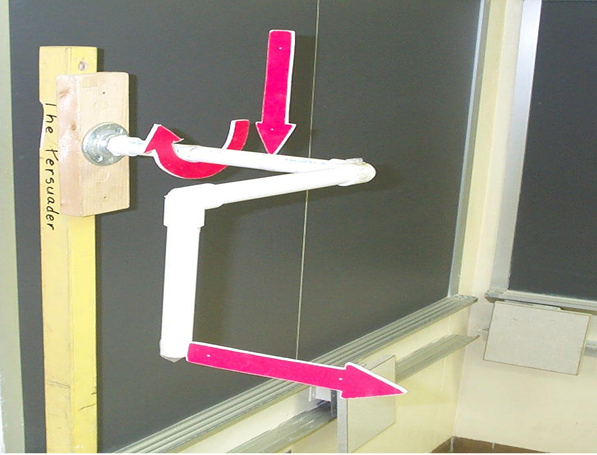The Torque Tester
Model Description This training aid provides an example of what the students already know intuitively about mechanical advantage and applied moment. By using a dial torque wrench, units and physical measurement are readily observable and subject to discussion. This demonstration should take 5 minutes. Engineering Principle What You Need Item Quantity Description/Clarification Secure Bolt (Fig. […]

